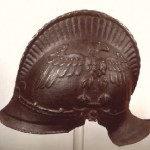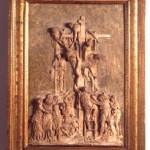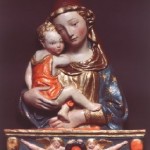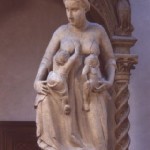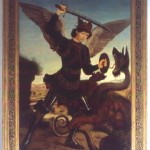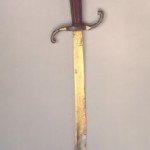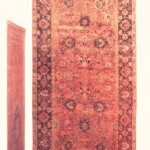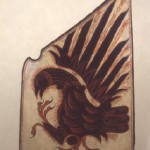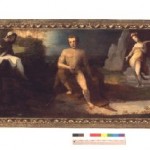Stefano Bardini was born in Pieve Santo Stefano (Arezzo) in 1836. At a very young age, he moved to Florence in order to study painting at the Accademia delle Belle Arti, where he had his first decisive encounter with ancient art. He then abandoned the Accademia in order to haunt the circles of the innovative Macchiaioli movement and, like many of them, he participated in the struggle for the unification of Italy.
After enlisting in Garibaldi’s army, in 1866 he fought valiantly in Bazzecca. The year 1866 also marked the beginning of his new activity as a restorer of paintings and a vendor of art works. At that time, Florence was the seat of a very lively antiques market that ranged from 14th century paintings with a gold background to terracottas from the 1400’s, and more modest household objects.
In the decade immediately following his participation in the Garibaldi campaigns, Stefano Bardini became a highly refined connoisseur of ancient art and a highly skilled manager in the field of restoration and of antiquarian business. He had such relevant business relations both in Italy and abroad, with the principal museums and collectors, that, beginning in 1874, he exported works by Fra’ Angelico, Pollaiolo and Titian.
Regular visitors at his numerous residences and warehouses were archeologists such as De Fabriczy, Robert, Studniczka, art historians such as Berenson, Loeser, Mason Perkins, Beckerarth and W. Von Bode, who founded the Kaiser Friedrich Museum, [now the Bode Museum], in Berlin, with the collaboration, works and advice of Bardini himself. Among the collectors with whom Bardini was in contact in the United States were Johnson, Morgan, Frick, Isabella Gardner Stuart, Lheiman, whose collections have been gathered in museums or have become museums themselves.
The European collectors worth mentioning were Mme. André, whose collection today makes up the Jacquemart André Museum, Prince John of Liechtenstein, Figdor of Vienna, the Nycarlsberg brewers of Copenhagen, whose collection has become a museum today. Even public museums purchased works from Stefano Bardini; e.g, the Museum of the Opera del Duomo in Florence bought two sculptures by Arnolfo of Boniface VIII and the Virgin of the Nativity, while the Bargello bought a Madonna by Michelozzo and a Sanctified Bishop in wood from the 14th century.


